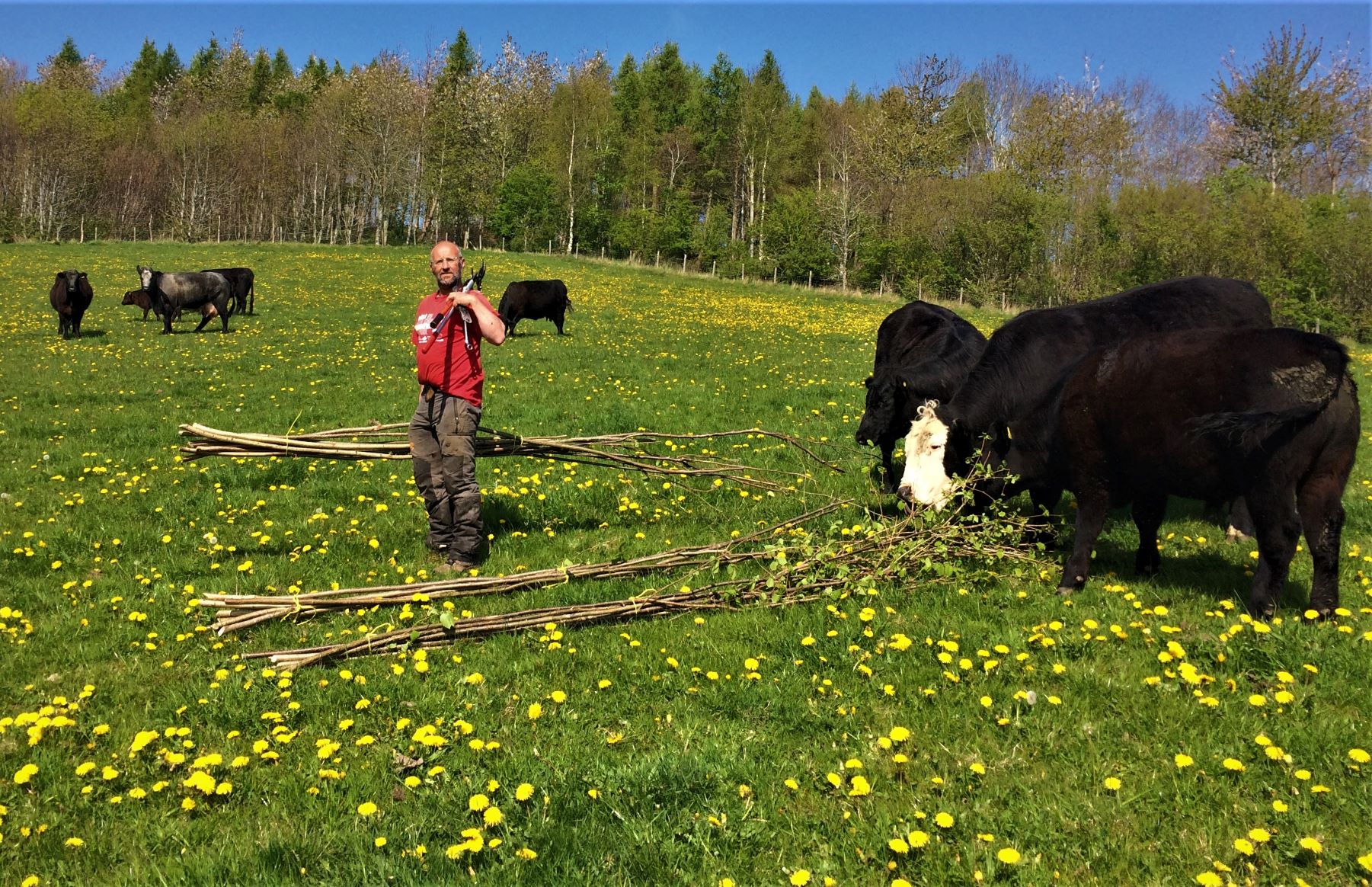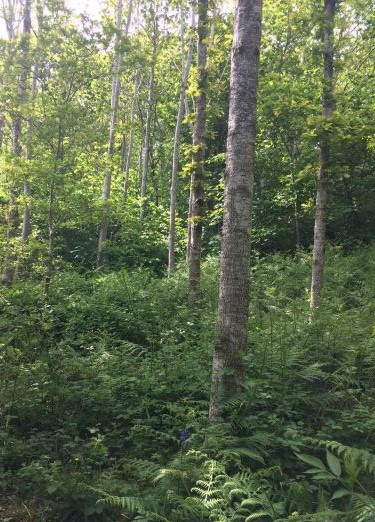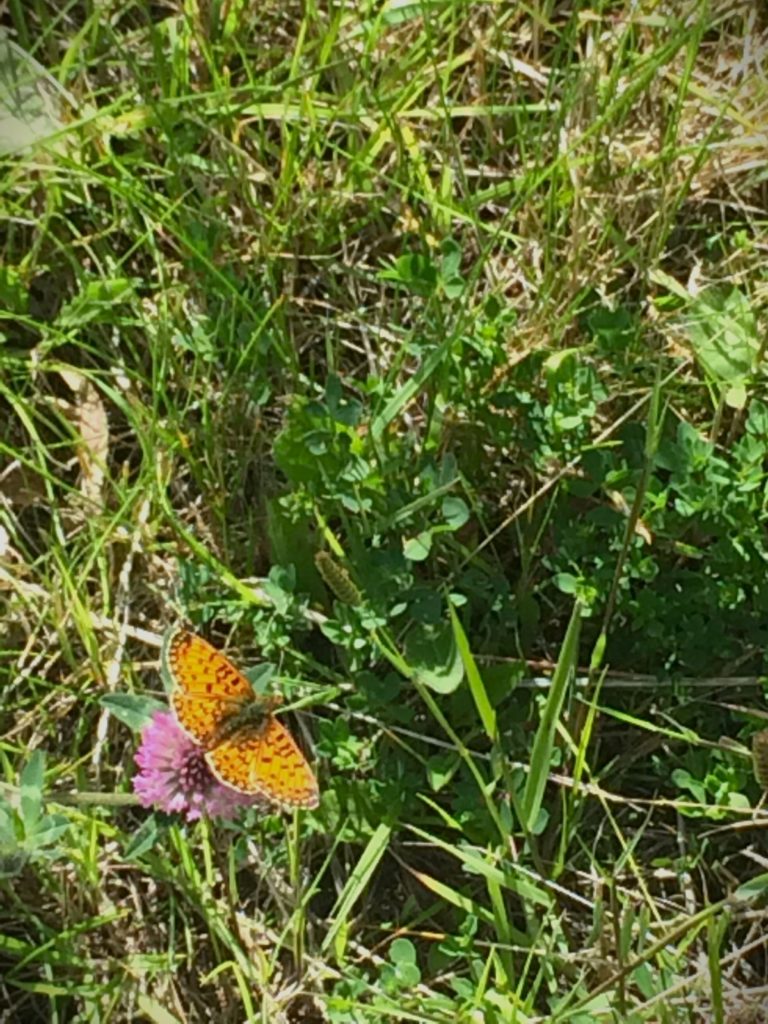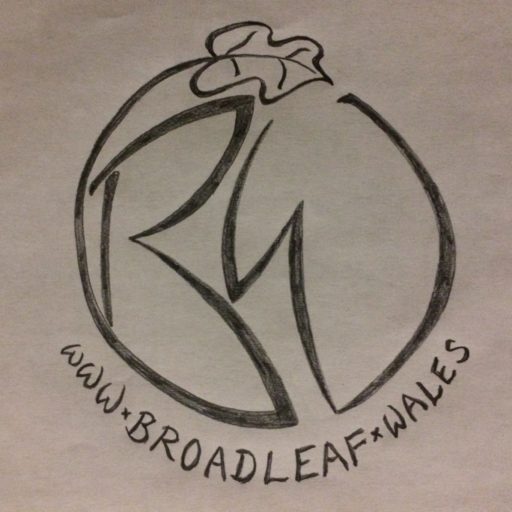
Hayfield with beautiful flowers
Climate change has put the C word high up on the land use agenda and all of a sudden everyone wants to tell you how great they are at storing it. Sitka spruce growers exclaim, ‘look how fast my trees grow!’ whilst large-scale farmers brag, ‘grassland’s a great carbon store and I’ve got loads of it!’. There’s nothing like public statements on land use from BIG forestry/agriculture to muddy the …erm… mud.
Just to give a short response to our BIG cousins…the sitka spruce industry (the conifer that dominates our uplands) is hugely responsible for degrading our most overwhelmingly important terrestrial carbon sink – peatland. So, sorry guys, no matter how big your trees grow, your carbon history is disastrous. And yes, grassland soils can also store significant amounts of carbon; a property that is trashed by ploughing and applying chemical soil modifiers (‘fertiliser’ is not a suitable term for the stuff.) On top of that, half of the degraded peatland in Wales is land that has been drained for agriculture.
Phew, got that off my chest.

Mixed Broadleaf Woodland
So what sorts of land use (on non-peat soils) are actually capturing and storing, rather than releasing carbon? The land at Bron Haul was bought 30 years ago. The previous tenant farmer had kept sheep on the land from 1978-1995. Previous to that, he had been ploughing what we now keep as a hayfield to grow barley and the grassland was grazed with sheep, a small dairy herd and treated with lime and farmyard manure.
When David bought the Bron Haul land in 1995, he planted 16 of the 28 hectares with mixed broadleaf, whilst the remaining grassland was grazed with sheep and cattle, (including a house cow). The sheep left in 2014 when a further 4 hectares was given over to woodland.

Permanent Pasture
The farm has been managed under the Tir Gofal and Glastir agri-environment schemes including low manure input and low stocking rate prescriptions for the permanent pasture and hayfield and stock exclusion for the woodland. Farming is a very visible sport. Only too aware of the public appeal of the lawn-like green sheen of the majority of farmed land, our slightly tussocky, sometimes feggy, shockingly flowery fields, much as we love them, can feel like a harshly-judged second best. The agri-environment scheme prescriptions that have resulted in our wonderfully messy fields were intended to improve biodiversity, build soil and sequester carbon. Have we achieved anything more than an expression of good intentions?
In early December 2022 we had our soils tested through the agricultural support and training organisation Farming Connect. We don’t do any soil testing so we had no idea what to expect. The results came back this week, and Hurrah! we are celebrating!
The carbon soil tests were done on three parcels of land; a woodland block, the adjacent permanent pasture and the hayfield. The hayfield has had farmyard manure applied three times in the last 16 years whilst the pasture has had no inputs.
| Current use | Sample depth (cm) | Organic Matter (%) | Organic Carbon Stock (tonnes/hectare) |
| Broadleaf woodland | 30 | 9.1 | 137 |
| Pasture | 20 | 12.5 | 111 |
| Hay meadow | 15 | 11.2 | 78 |
What does this mean? Well, the sample depth target was 30cm. We are on fairly thin soils over shale. In the fields, the soil wasn’t deep enough to sample at 30cm. The historically ploughed hay meadow had the thinnest soils at 15cm. The woodland however had at least 30cm of soil compared to the pasture’s 20cm. These used to be the same field! After 27 years, the woodland had developed at least 10cm extra soil depth. Hey, beautiful trees, I’m so proud of you!
Soil is a mixture of minerals (rock, sand, silt and clay), organic matter (dead vegetation and soil creatures), air pockets and living things (from macro fauna like badgers and moles through to microbes like fungi and bacteria). Organic matter is important as a food source for a healthy, complex soil ecosystem and as a place where soil nutrients are captured so they are not washed out of the soil and can be available for plants.
Farming Connect measured our soil carbon. We hoped to be doing okay. As it was, OMG! we were off the scale! All 3 parcels recorded over 9% organic matter. The table below shows the levels that would be considered favourable. Dear earthworms, whose casts are scattered across the fields right now, you are so very welcome!

All in all, we’re mightily delighted to see that the choices we are making are having a positive effect. Our soils are getting deeper, the carbon is building and the organic matter gives the chance for greater biodiversity. Our next big challenge as the woodland develops is getting as much of that timber as possible into enduring end uses, capturing carbon in timber frames, cladding, floorboards and furniture. Let the carbon revolution begin!
